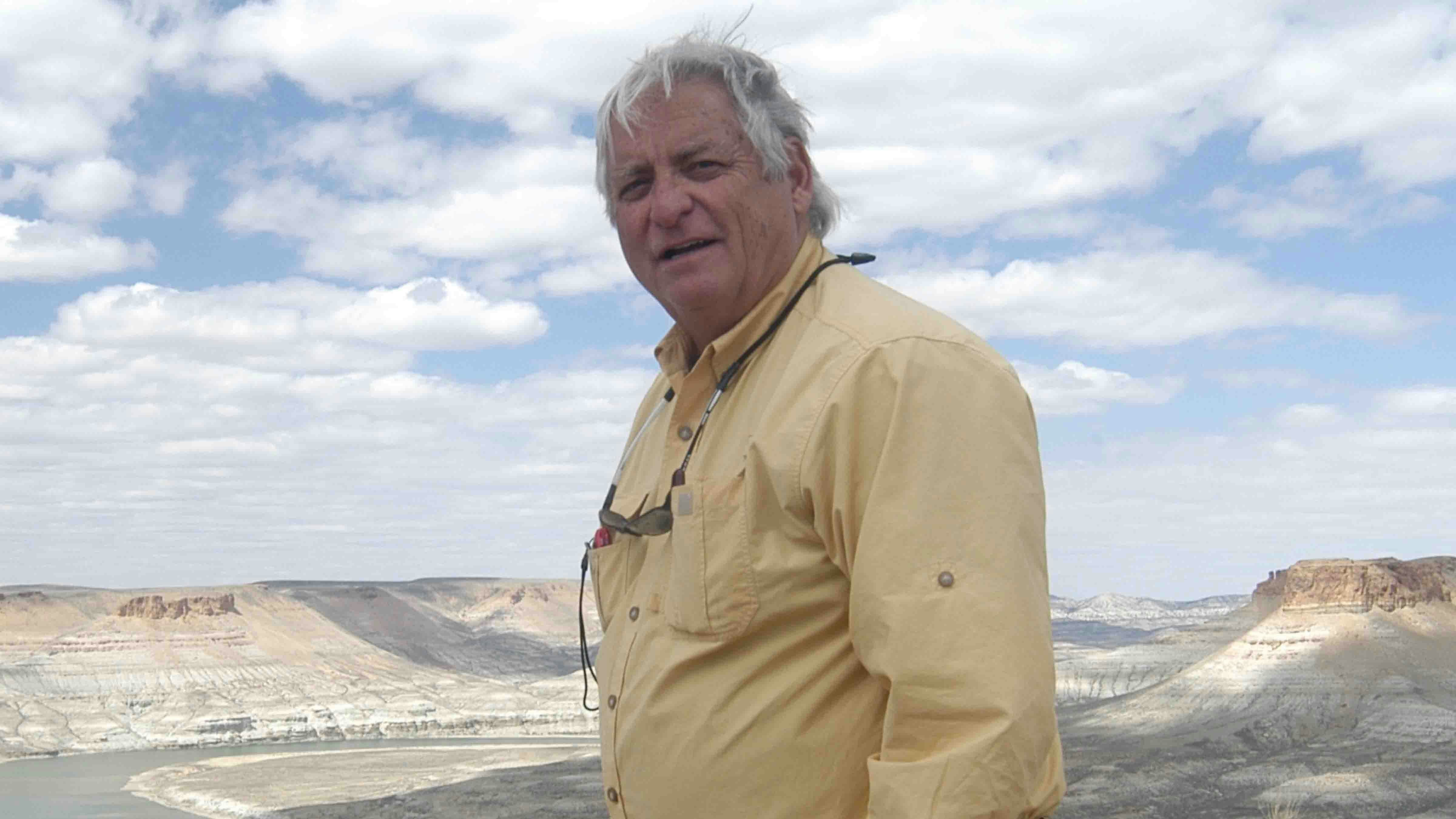By Aaron Turpen, automotive writer
Most of us in Wyoming are familiar with urban cowboys. They show up during Frontier Days, drive through on their way to Yellowstone, or they show up in Hollywood renditions of our state. Most of us in Wyoming either know actual cowboys or are them. It’s easy to spot the urbans from the actuals.
Now we can spot the pickup truck equivalent. It used to be that there were two kinds of pickup trucks: full-sized and everything else. The full-sized trucks, be they half-tons or heavy duty, do the work, tow the boats, and go to the supply yard.
Some of those trucks never do any of that, hanging out in heated garages or parked by architects at job sites in the truck version of Easy Street. Those never-worked trucks, however, are still capable of doing work. They just aren’t ever tasked with it. Sort of like country music singers that sing about “country” things in a non-Wyoming twang, but have never bucked a hay bail or wrangled an errant calf.

Now we have a third kind of truck. One that is perfect for Easy Street use, but which cannot actually do the work of its comrades on Blue Collar Lane. At least, not most of it or for very long. Kinda like country pop bands.
For those urban cowboys that don’t really tow, haul, or get anything worse than shopping cart dings on their pickups, the Ford F-150 Lightning is a perfect fit. It looks good, it has truck qualities, and it definitely can do truck things. It just can’t do them for very long. But there are advantages to this truck. Especially in today’s world where trucks and SUVs dominate the top sellers lists.
The Ford F-150 Lightning is the first of many upcoming electric pickup trucks. Ford was first to market with a truck that shared much with its half-ton best-seller stable mate. So much so that while it is a completely different model from the F-150 in terms of its design, the Lightning is considered a model option of the F-150 and not a separate vehicle. It looks like a regular F-150 in most ways, so that marketing employment makes sense.
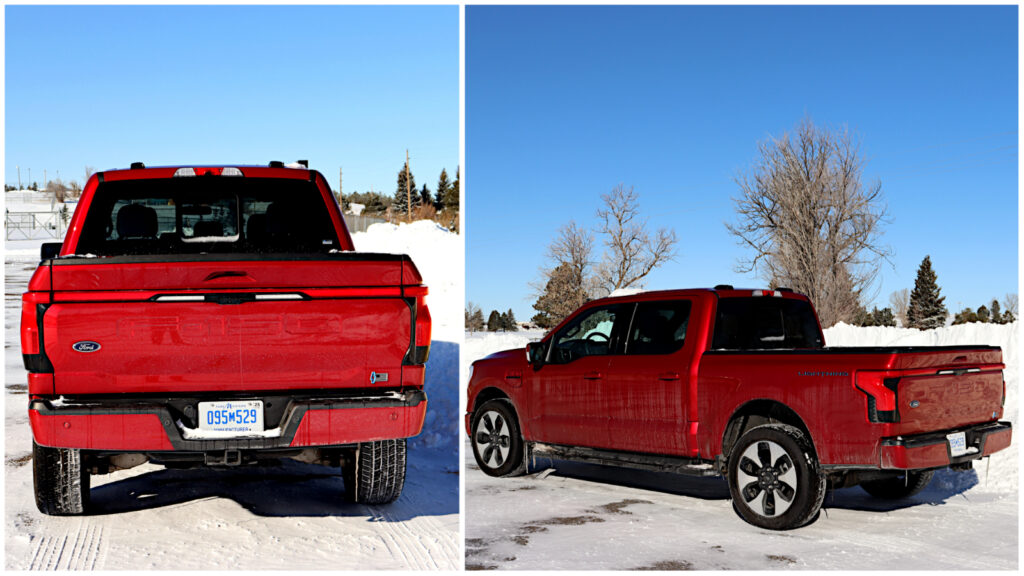
What the F-150 Lightning is, however, would be a completely rethought full-sized pickup truck. To accommodate the heavy batteries, different powertrain layout, and so forth, Ford built the chassis of the Lightning differently. It uses a different suspension, derived somewhat from the Super Duty lineup of heavier trucks, lithium-ion batteries as a power source, and electric motors as motivation.
A motor on each axle and no gearbox for shifting means that all-wheel drive is the choice rather than four-wheel drive. Yet its AWD system works as well or maybe better than most 4WD options since electric motors give full torque from the get-go, and thus there is little reason to add low gearing. Or even gears.
And there’s no physical connection to pass power from the front to the rear axle. Each axle is instead controlled individually, giving a lot of options for getting through without getting stuck or getting unstuck when that happens. The F-150 Lightning is, also, far more stable in inclement weather driving than are its F-150 4WD siblings I’ve driven.
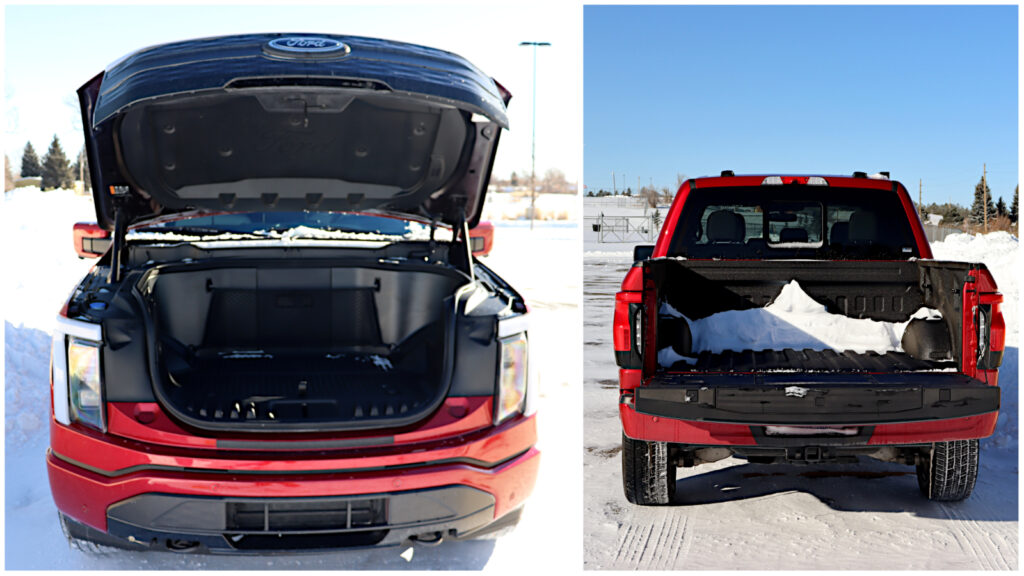
The F-150 Lightning comes in a couple of flavors, one with about 240 miles of range and another with about 300. Range estimates are best-case scenarios from the Environmental Protection Agency (which oversees fuel economy ratings). Most will get about 85-90 percent of the advertised range.
Those driving on the highway a lot (e.g. us here in Wyoming) will see closer to 70-80 percent instead. That’s true of every electric vehicle I’ve driven. The Lightning, being a large truck with brick-like aerodynamics that come with that, is generally on the worse end of that range reduction. On the up side, if you charge from a home outlet like I did with this truck, a full fill up is about $3 or $4. Compare that to $40 or more for a tank of gasoline.
Then comes towing and hauling, the working aspects of a truck. The F-150 Lightning can tow as much as 10,000 pounds in some configurations. Like most pickups, your actual towing will depend on your truck’s setup. In this case, the Lightning Platinum edition with the extended range battery that I drove was limited to about 7,000 or so pounds of towing.
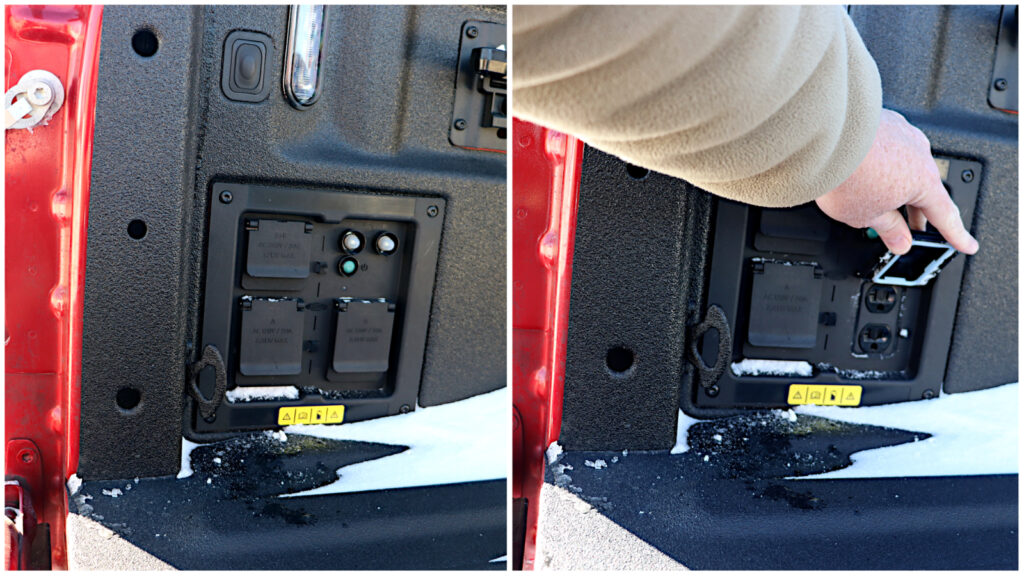
Similarly, cargo capacity is also variable. That can range from 2,200 pounds in the best-case and about half that in a worst-case. If you’re into trailer math, that means a single axle trailer would be limited to under 1,000 pounds of tongue weight in a worst and about 2,000 in a best scenario–since you must account for the driver and passengers in cargo. These are okay numbers when compared to other half-ton options on the market right now.
But they don’t account for range. With any truck, towing or carrying weight will mean efficiency losses. In a standard gasoline option, for example, a mid-sized trailer, such as a camper weighing about 6,000 pounds, would reduce fuel economy by almost half. From about 25 mpg to about 14. With the F-150 Lightning, the economy losses mean that same trailer drops driving range to 100 miles or less.
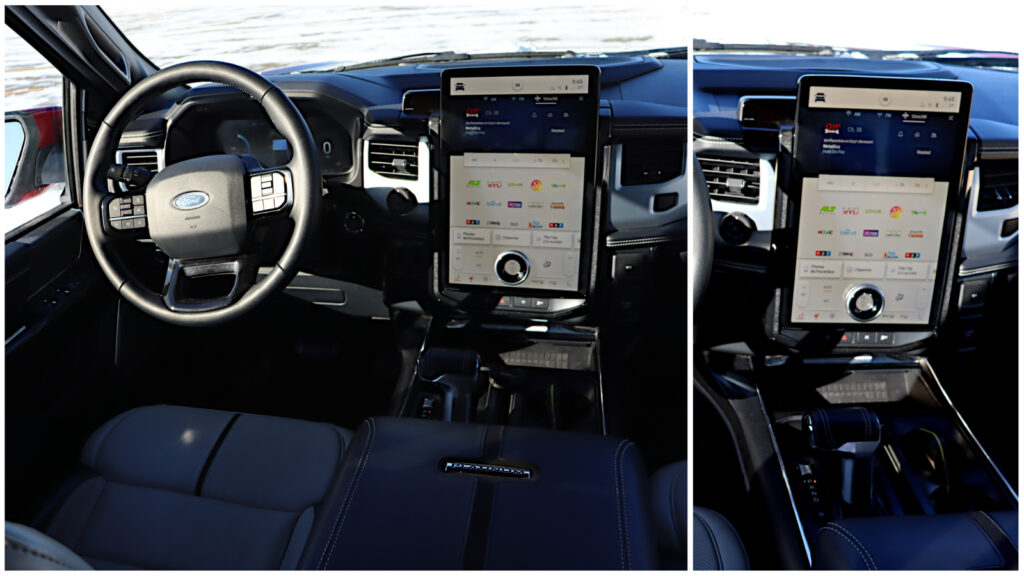
That.. well, that ain’t good. Okay for a weekend run with the boat up to Curt Gowdy from Cheyenne or Laramie. But not so useful to get your camper from Hulette to Yellowstone. Nevermind your horse trailer, tool trailer, or toy hauler. For someone living in Colorado or California, there are plenty of options for stopping (frequently) on the road to recharge. Here in the Cowboy State? Not so much.
In the end, the Ford F-150 Lightning has all of the interior comfort, road-going goodness, and roominess of a standard F-150 model. Plus an enclosed front truck (frunk) that can hold a LOT of stuff conveniently. The Lightning just doesn’t have the same capabilities when it comes to doing truck stuff. But if you’re willing to accept the Ford Lightning for what it is, it can be a great choice of vehicle. Especially when it comes to urban cowboy efficiency. Assuming, of course, you live where it’s useful. Which, truth be told, isn’t Wyoming.
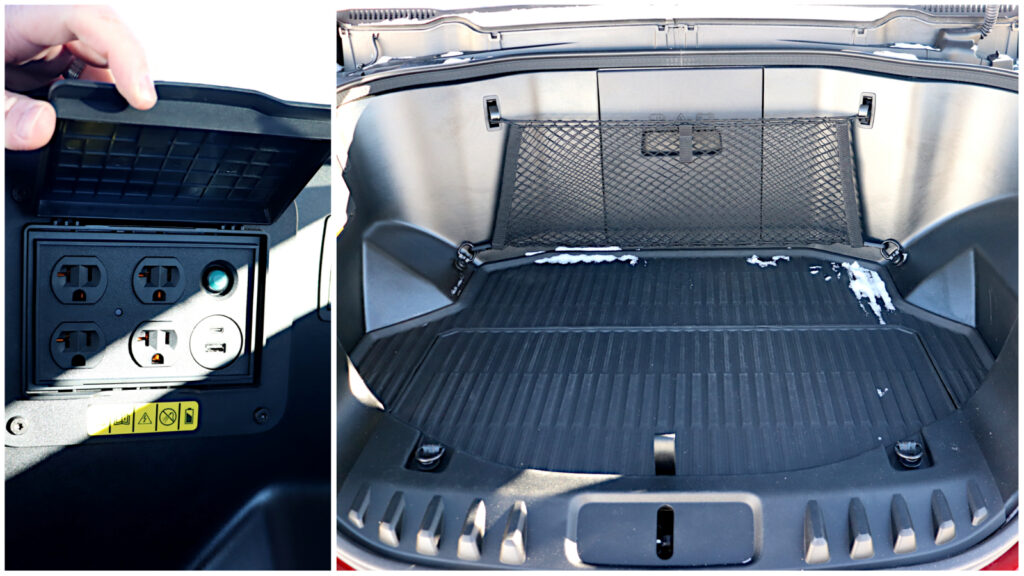
Aaron Turpen is an automotive journalist living in Cheyenne, Wyoming. His background includes commercial transportation, computer science, and a lot of adventures that begin with the phrase “the law is a pretty good suggestion, I guess.” His automotive focus is on consumer interest and both electronic and engineering technology. Turpen is a longtime writer for Car Talk and New Atlas.


